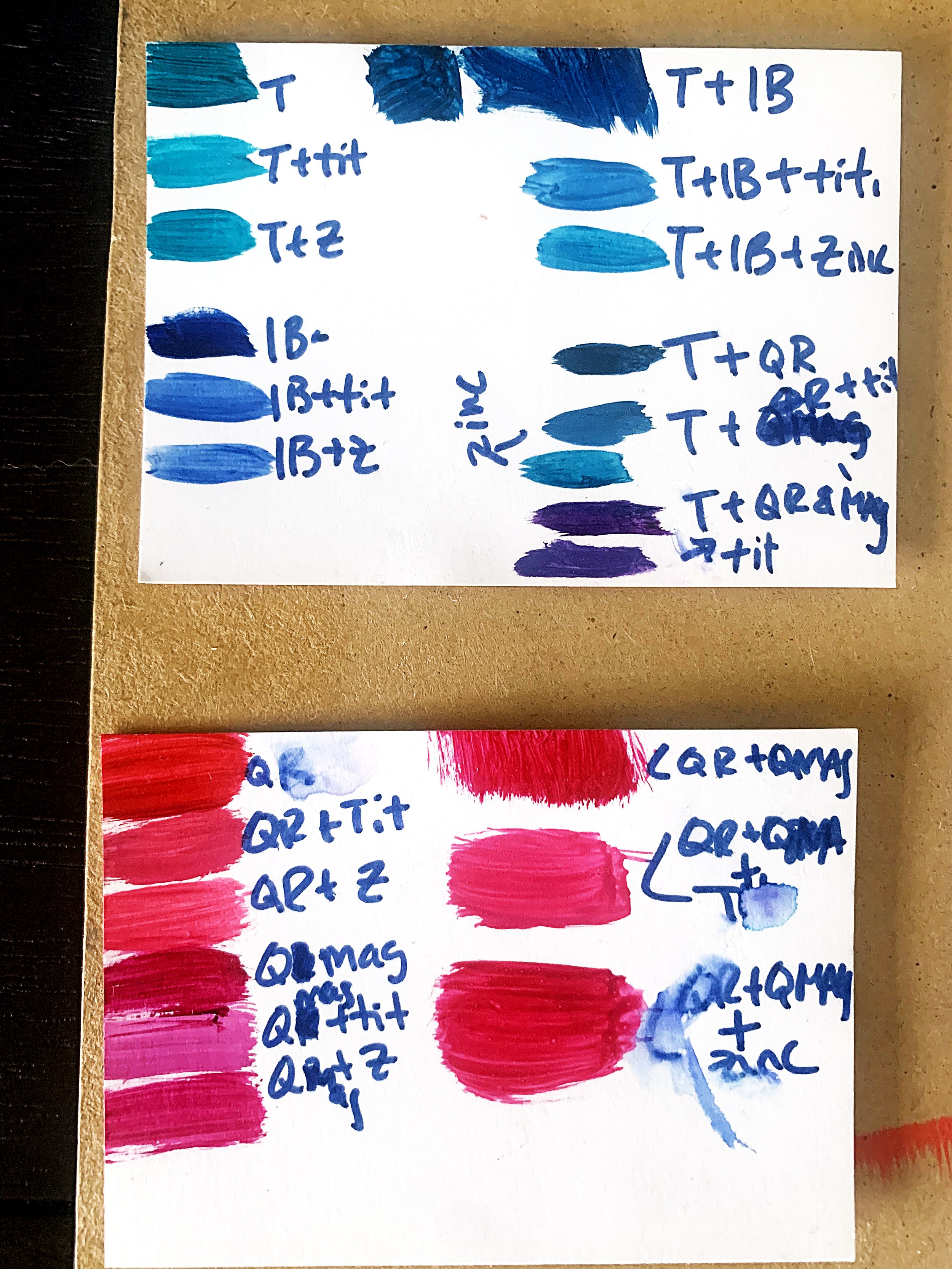Artists Conducting Research
Artists conducting research is about seeking knowledge that helps us create meaningful work. Sometimes this means formal education, supplemented with books, articles, and studying other artists' works. These methods are easier to track and measure—they provide quantifiable data. They are valuable and important, but they often don’t capture the full depth of an artist’s exploration. True artistic research goes beyond what can be measured, diving into intuition, personal experience, and emotion—elements that are vital but harder to quantify.
Artists staring into space while holding still is research. Artists speaking passionately, tracing loose connections between thoughts, is research.
Artists collecting and categorizing cutouts of people, colors, textures, words, etcetera, is research. Artists working through creative blockages by making seemingly meaningless or unwanted art is research. Artists exploring new modes of expression to awaken dormant parts of themselves is research.
Artists listening to intense music while appearing calm and composed is research. Artists making repeated marks with various tools is research. Artists contorting their bodies into different poses is research. Artists writing fragmented or incoherent lines of text is research.
Artists painting color swatches is research. Artists touching the surfaces of objects is research. Artists carrying artwork to examine it in different lights—daylight, lamplight, candlelight—is research. Artists returning to the same theme again and again is research.
Artists conducting research engage in a multifaceted, deeply personal process. This journey not only enriches their art-making but can also have lasting, practical benefits. It’s important to track the time spent on untraditional research, particularly moments when something tangible emerges from it. Keep lists that explore the connections between your research and the work that followed—it will help clarify your creative process and output. This practical approach can also serve as a foundation for future artist statements and speaking engagements. While intuition is essential, for your work to resonate beyond the studio, it must be coherent and accessible to those outside of the artist’s internal world.
Ultimately, artistic research is about more than just the results—it’s the personal journey that drives meaningful creation. Every part of the process shapes the work. Research is a valuable tool that transforms both the art and the way it’s shared with the world.




